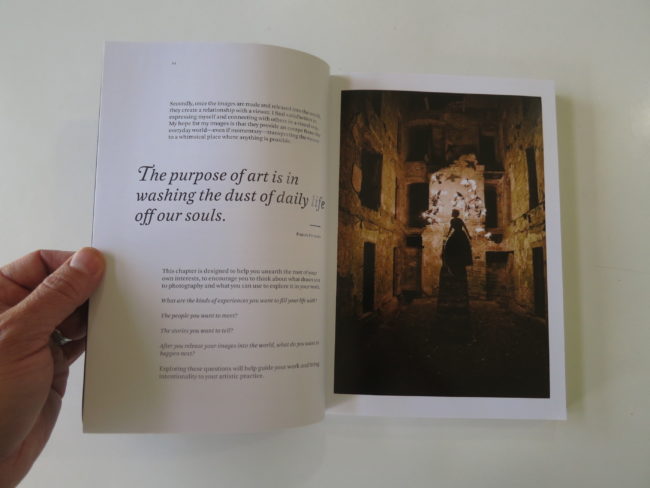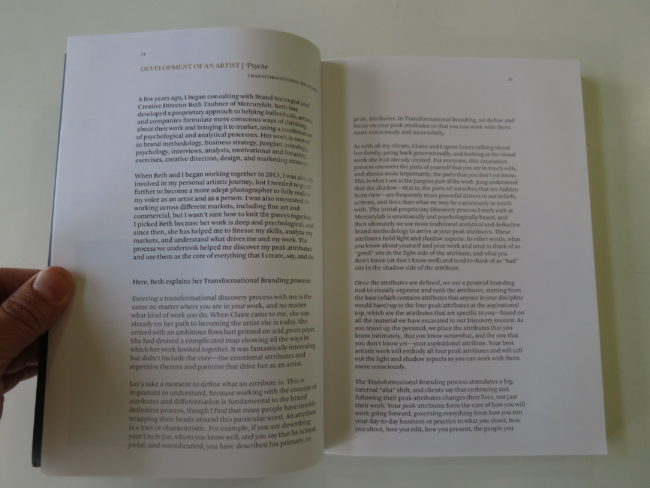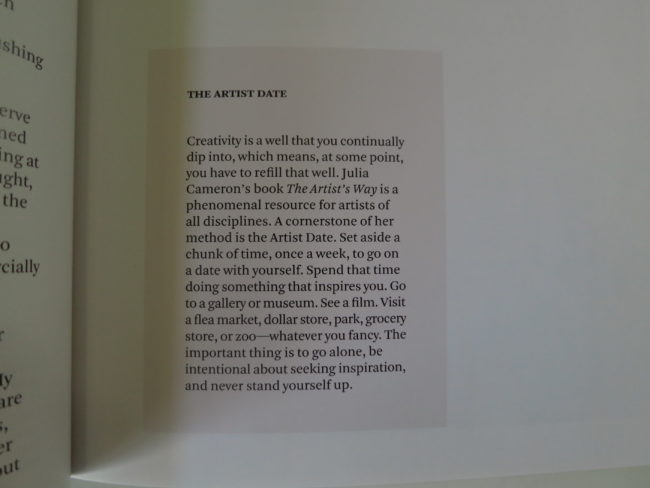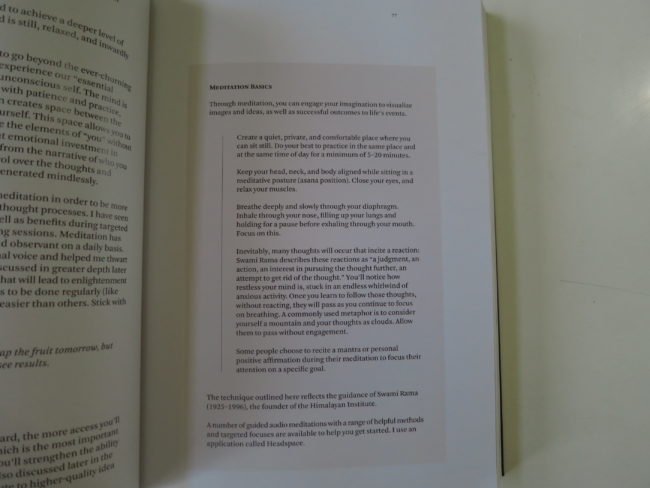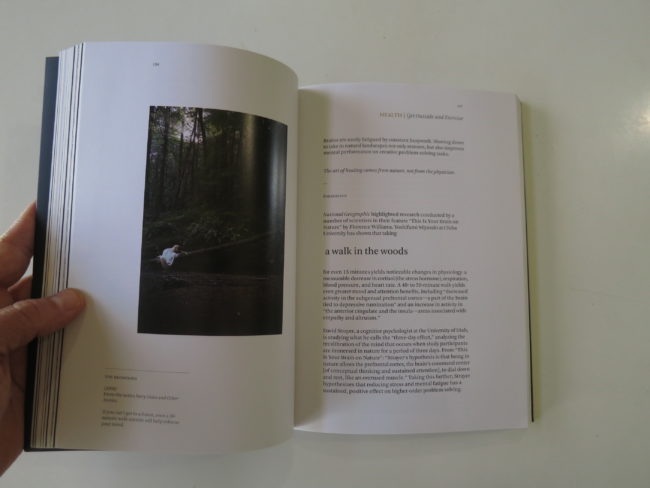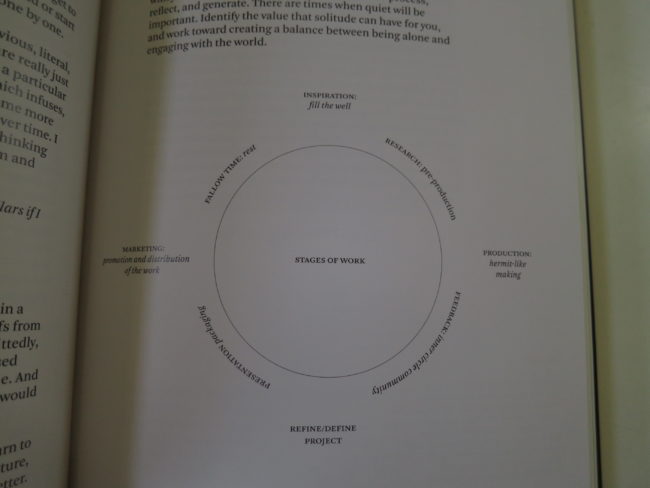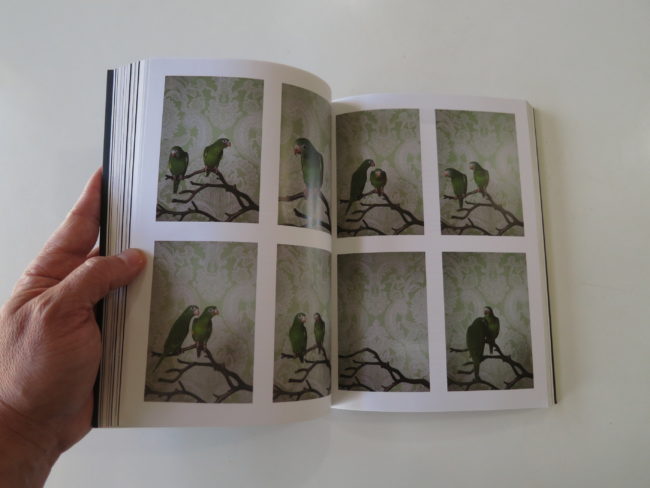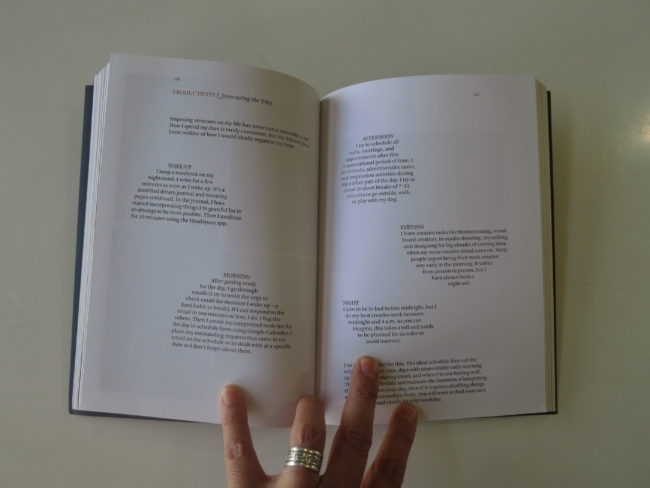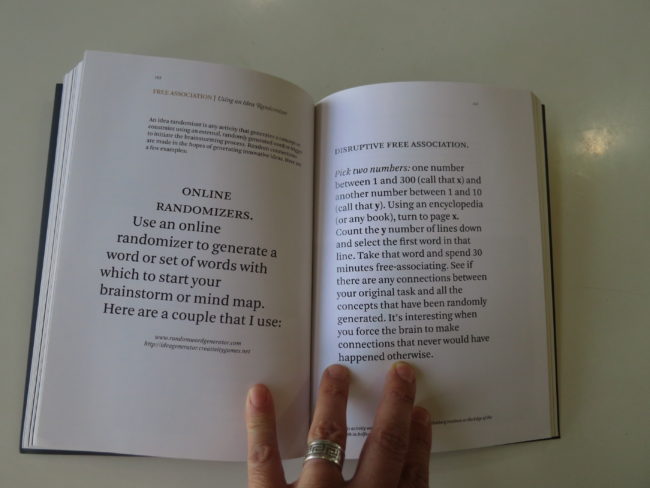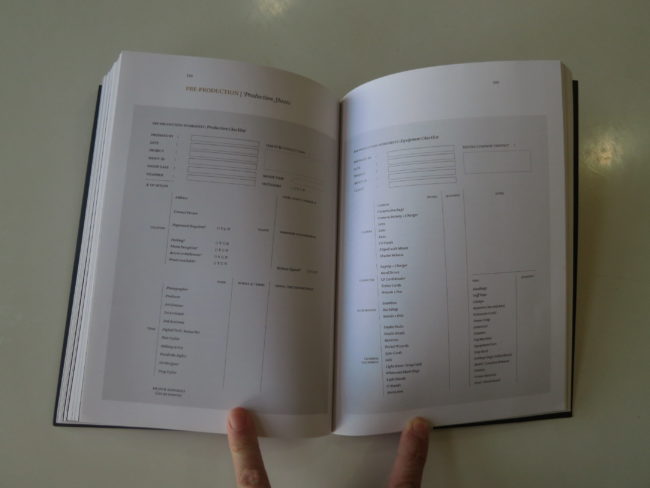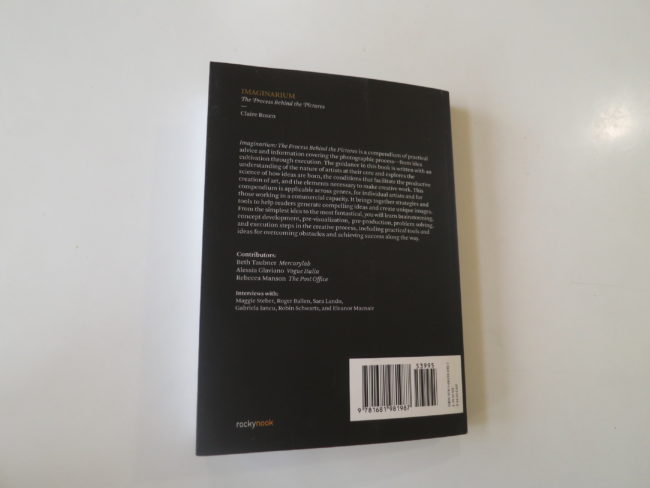Imagine an alien planet, teeming with life.
There are plants, trees, rivers, oceans, and lots of creatures. Bunnies, of course, but also lizards, horses, orangutans, beetles, rhinoceros, and thousands of other species.
(Or their alien-planet equivalent.)
Then, all of a sudden, (in geo-time,) a new species emerges, called the Krackstock. These Krackstock are rapacious, and begin churning through the planet’s resources.
Soon, they enslave the chicken, cow and pig-like creatures, and set up death camps for each species. After the ritualized killing, at massive scale, the Krackstock would then eat their victims.
Eventually, most of the existing species were in peril, as was the health of the entire eco-system of the planet. (I don’t know, let’s call this fictional planet Narcinon.)
If you were watching a movie, a great early-George-Lucas-style sci-fi flick, wouldn’t the Krackstock be the bad guys?
They’d have to be, right?
Devouring an entire planet?
We’d hate the Krackstock, and actively root against them, as some Super-Bunny came along to save the day!
(I’m guessing you’re on to my sly metaphor by now…)
According to all science, we, humanity, are living in a burning building of our own making, yet many actively deny it’s even happening. (Frog, meet pot.)
As Climate Change seems so enormous, yet not-sinister, it’s a menace that might make Earth uninhabitable for almost any life.
How is this not a greater priority for people?
I think it’s exactly because the problem is immense but faceless. It seems like there’s nothing to be done, but that’s not true.
Sure, you can install LED lights and save electricity. Put in solar panels. Eat less meat. Buy a more gas-efficient or electric car. Minimize your use of packaging.
Recycle.
Re-use.
But there’s one, concrete maneuver that you don’t hear enough about…
Planting trees.
Trees, as we all learn in 3rd grade science, breathe in carbon dioxide and breathe out oxygen. Trees actively battle Climate Change, and as places can be de-forested, so too can they be re-forested.
We just planted in 3 aspens and a pine tree last week, and eventually they’ll provide plentiful shade, which will keep our house cooler as the planet warms. (We make such considerations at this point. Don’t you?)
Fighting back by beautifying your yard, and adding to the splendor of nature is a no-brainer. And now’s your last chance before Fall, as it will be too hot to plant in a week or two. (Most places.)
This idea, though, that we’re girding ourselves for tougher times ahead, feels like it’s in the air. Similar periods of political upheaval and partisan turmoil have been messy, in America’s history, not to mention increasing pressures being put on governments, economies and societies by extreme weather.
I haven’t written about the 21st Century Hustle for a while, as even great catch-phrases get old. (Then they go off to Arizona and retire quietly to a life of “Murder, She Wrote” and bad Chinese food at 4:30pm.)
The 21st Century Hustle was an idea borne of necessity, which theorized that in a perma-freelance world, creatives should build multiple skill sets, so they can offer more value to the community, but also because it makes a person stronger and better.
Learning to paint can make you a better photographer, essentially. (Or learning to cook, dance, sing, etc.)
But while it’s easy to espouse advice like “get out of your comfort zone,” it’s much more difficult for a person to get a
“How To” guide, a set of parameters, without learning from a teacher directly.
Though I actually became an artist after serving self-help guru Julia Cameron at a restaurant back in 1995, (long story,) I don’t normally read those types of books myself.
One great way to break out of habits is to actively try new things, so after a friend recommended a great book about dharma and Yogic philosophy, (which I loved,) I decided it was time to push further in the opposite direction, and read “Imaginarium: The Process Behind the Pictures,” by Claire Rosen, published by Rocky Nook.
I don’t normally review books like this, as you know, but a colleague recommended it a few months ago, after reading in the column that we’re looking for submissions from female photographers. (We still are. Come on, ladies, please help me keep some balance here…)
I’ll say from the outset that I didn’t exactly find myself cozying up to Ms. Rosen’s voice in my ear, but I appreciated almost everything she said.
Having been through graduate school, therapy, and 13 years of teaching, I was familiar with most of her ideas and references: Jung, the Collective Unconscious, meditation, getting enough sleep.
I nodded along for most of the book, constantly impressed at how thorough Ms. Rosen was as a guide. She offers ideas on:
How to search for ideas in your own past.
How to use different techniques to stimulate creativity, like exercise or getting enough alone-time.
How to build teams of capable people.
That a book that quotes Tony Robbins also has exacting sample schedules for commercial photo shoots, and graphs and charts for how to brainstorm or find personal branding information, is kind of rare.
Basically, I was flabbergasted that this book is just So. Damn. Thorough.
That word, “commercial,” used to pop up more here in the column than it does these days. I think, back in 2010, there were still more stringent lines between aspects of the medium: commercial, documentary, fine art.
These days, such notions of consistent, long-term employment with one publication, or of firm striations within the industry, seem quaint.
Rather, Ms. Rosen comes across as the consummate hustler herself, and I appreciate her game, if not her personal photographic aesthetic.
It was the one part of the book that stuck in my craw a bit, (along with the oddly changing fonts,) the attempt to make it part-photo-book by including small selections of Ms. Rosen’s work throughout. I could see the strings behind it, the attempt to brand in many ways as possible, because a part of the book quotes directly from a branding consultant that Ms. Rosen hired, Beth Taubner.
There was corporate-branding-speak alongside ideas about Feng Shui, color theory, suggestions for organizing your desk, and other small-scale concepts that I admit I’m still thinking about.
I’m also not-too-far away from doing some of the brainstorming exercises Ms. Rosen recommends, or at least forcing myself do journal and make lists. (Other ideas she discusses.)
While her voice is not my voice, (jokey-and-discursive,) she communicates effectively, and I was able to read it for chunks at a time. (Today’s Wednesday, and I finished the book yesterday after staring Monday morning, as I promised you.)
Basically, I read this book to review for you guys, but came away feeling I had some fresh motivation to push myself, and a few new ideas too.
Most people think they have things sorted, and don’t need help. But a jolt of someone else’s energy every now and again, even if it means reading, (rather than listening,) is a great idea.
If you’re up for a kick-in-the-pants, and a lot of practical advice, this book might be perfect for your summer reading list.
(Again with the lists?)
Bottom Line: Serious, thorough guide to creativity and success
To purchase “Imaginarium” click here
If you’d like to submit a book for potential review, please email me directly at jonathanblaustein@gmail.com. We are particularly interested in submissions from female photographers, so we we can maintain a balanced program.

